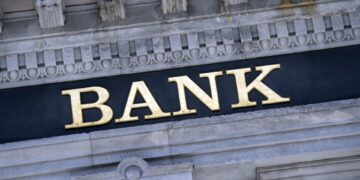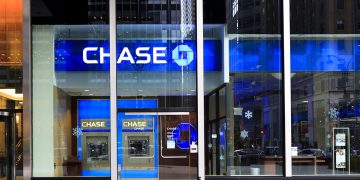Santander has had its 2017 enforcement action terminated by the Federal Reserve, bringing its last remaining regulatory matter with the bank to a close.
Issued in March 2017, the action was the last of three written agreements intended to strengthen risk management and governance across Santander’s US operations.
In this instance, Boston-based holding company Santander US had agreed to strengthen the oversight of its Dallas-based auto lending unit Santander Consumer (SC). The regulatory action related to issues surrounding Santander Consumer’s risk management, and aimed to bolster executive management of the shortcomings.
“I am pleased with the progress we have made resolving these legacy issues,” said Tim Wennes, CEO of Santander US. “Today’s announcement is an important milestone for Santander in the US and speaks to the hard work and dedication of our colleagues across the US and particularly at SC.”
In resolving the agreement, Santander US undertook a substantial review of the its risk management procedures and internal auditing, as well as testing the revised compliance program.
The $150 billion bank is now no longer restricted by the agreement and is free to continue opening additional branches as well as pursue acquisitions.
In 2018 Santander US was released from oversight restrictions imposed in 2015, after the bank was reprimanded for failing to meet regulatory standards across a range of its business operations, including shortcomings in risk management, capital planning, board oversight, and liquidity risk management.
In 2020, Santander US agreed a $550 million settlement with 33 states and the District of Columbia concerning alleged consumer protection violations regarding subprime auto loans.
“We are pleased that the Federal Reserve has acknowledged the significant strides that Santander Consumer has made to strengthen our business across the board,” said Mahesh Aditya, CEO of Santander Consumer USA.
“Our employees have worked tirelessly to build a culture with a compliance mindset where the highest operating standards are the norm. That is the company we have today, and we look forward to our next chapter.”








